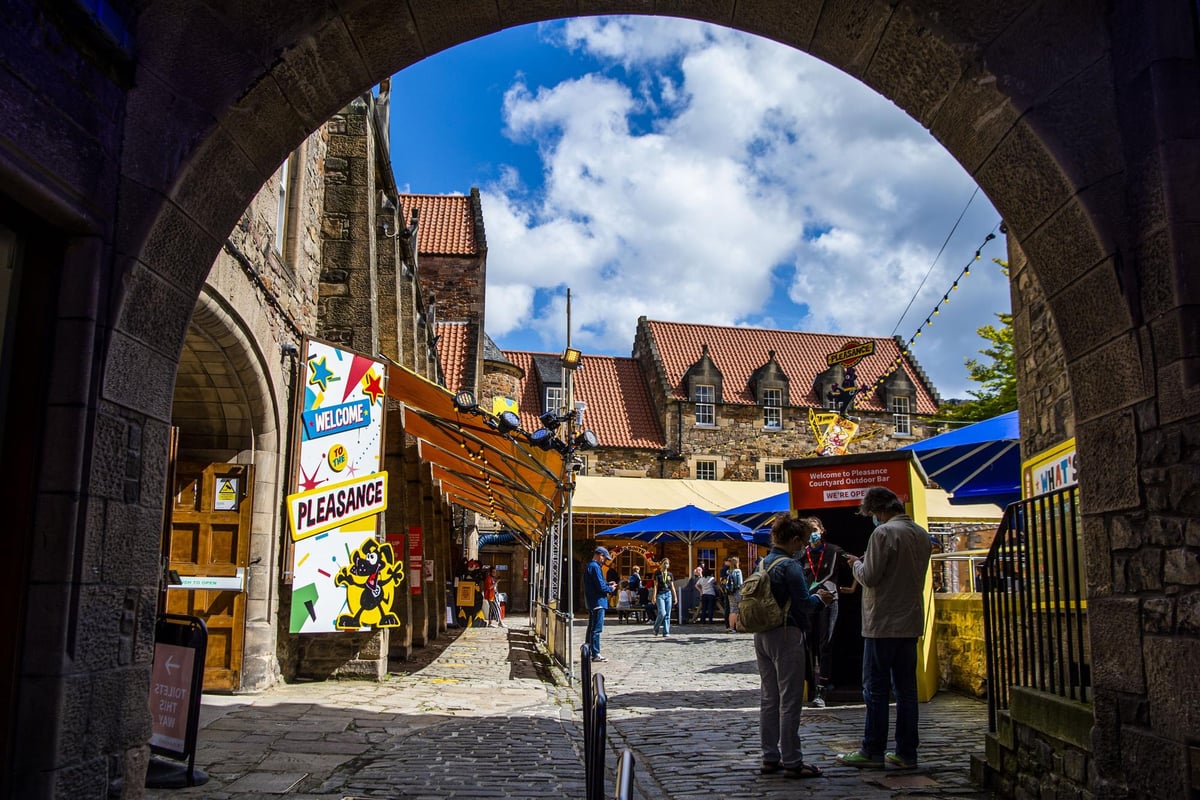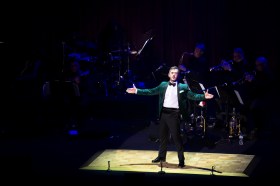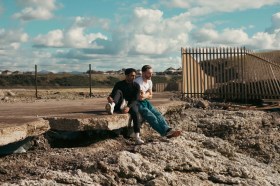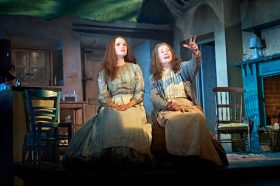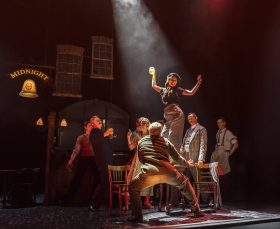As the original open access festival, the fundamental idea of Edinburgh Fringe has been that anyone can throw their hat in the ring and put on a show.
Soaring short-term accommodation costs in recent years, however, have made it increasingly difficult for many artists based in Australia, both emerging and established alike, to take their show to Fringe.
‘Short-term accommodation costs have increased exponentially across the UK, and Edinburgh is no different,’ an Edinburgh Festival Fringe spokesperson tells ArtsHub.
‘We continue to lobby local government, universities and student accommodation providers to set aside affordable rooms for our artists.’
As Fringe is the world’s largest arts festival, it may come as no surprise to learn that the 2024 event is showcasing over 3800 shows. This is more than the last two years, but largely on par with pre-pandemic numbers.
Award-winning Australian experimental theatre collective, Pony Cam, is taking its show Burnout Paradise to this year’s Fringe. Speaking with ArtsHub, a company spokesperson says they had to think about accommodation a little differently to other international tours.
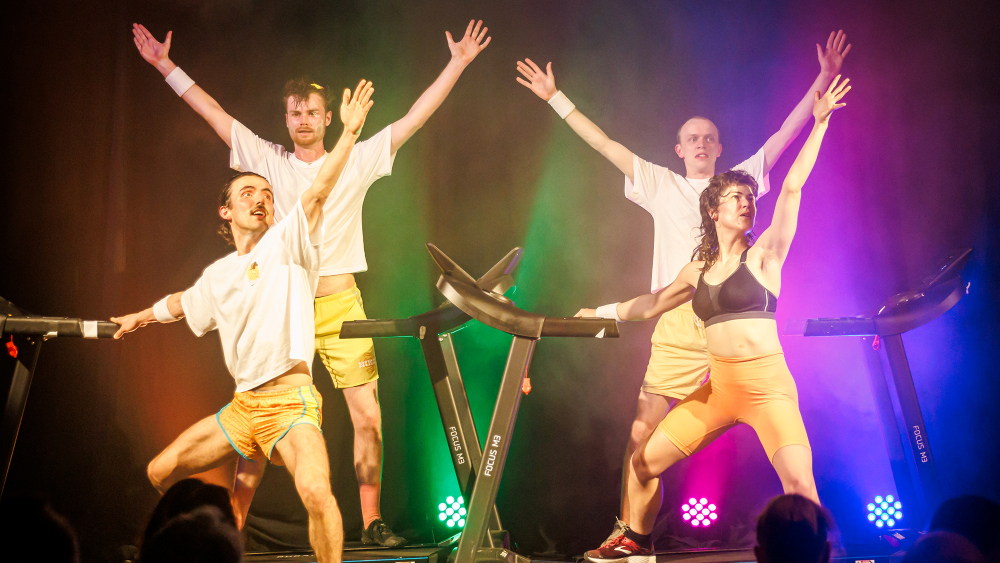
‘There is little [accommodation] it costs a lot, and it seems to be much more than usual this year,’ says Pony Cam’s spokesperson.
‘We booked early. It is student accommodation, so we are sharing a 10-bedroom apartment with another company [Clubhouse Productions], which is bringing a show called 44 Sex Acts In One Week.’
The apartment cost around £20,000 (AU$40,000) and was shared between the companies. In addition to sharing accommodation, Pony Cam is also sharing most of its costs with Clubhouse Productions, saying the set-up is ‘convenient and really supports us’.
On top of steep accommodation costs, Australian artists also have hefty travel costs. When coupled together there can often be little left over for production and labour costs.
Writer and performer Myfanwy Hocking, who took their six-person show How to be a Person when the World is Ending to Fringe in 2022, says they would not be able to afford to take another show until at least 2027, if not 2032.
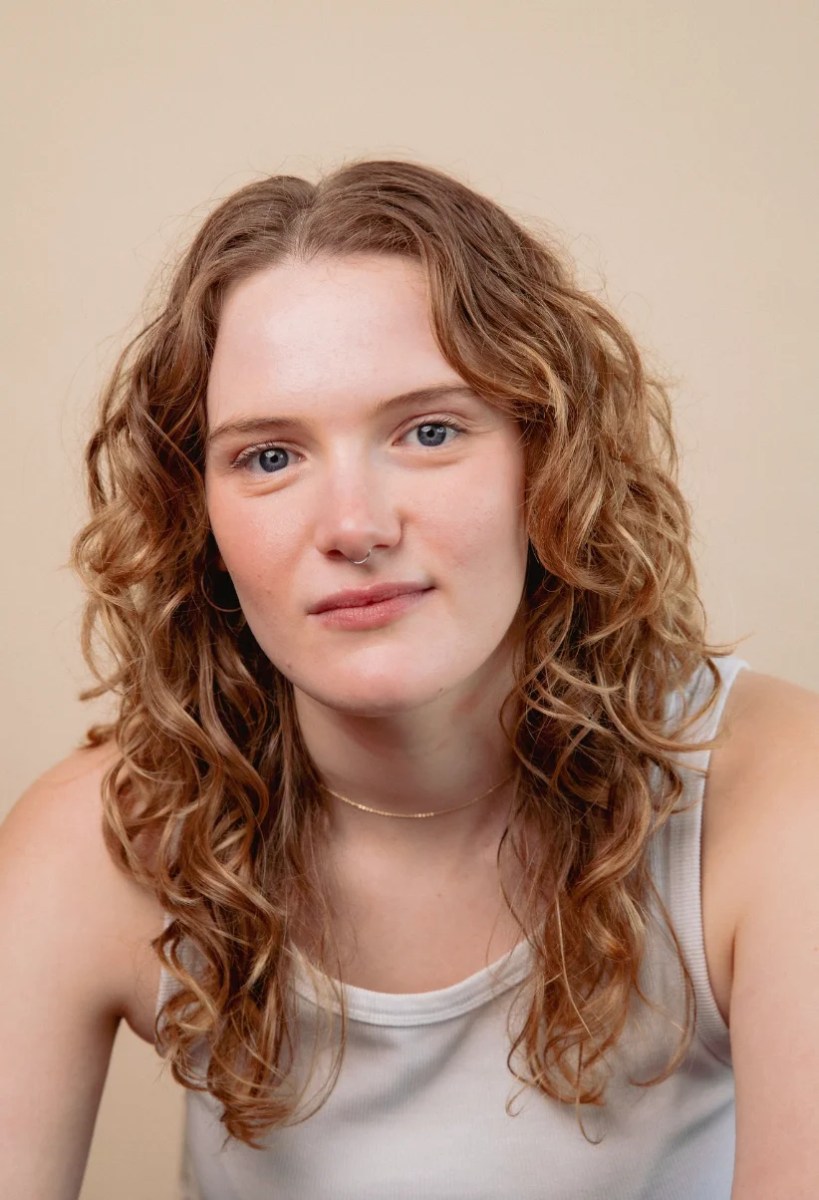
Other artists may choose to go again sooner, but as Hocking explains, this often traps them in a kind of ‘perpetual poverty’. Hocking says if they do decide to do Edinburgh Fringe again, they would take a ‘very different’ kind of show.
‘My work is often a large cast, postdramatic [theatre], and I just couldn’t do that again.
‘I would take a one- or two-person show, but I would never do what I did again.’
As creator and producer of the show, Hocking made the decision to pay their performers AU$700 each, to at the very least acknowledge the value of their work.
This meant less money for production costs but, as they say, ‘One could argue maybe that was really stupid, but my personal ethos is such that I’m so sick of actors only doing stuff for exposure and always feeling like they’re working for free.’
Low production value, but high-quality writing and performing
The Pleasance Theatre Trust Director and Vice-Chairman of the Edinburgh Festival Fringe Society, Anthony Alderson, says low production values are an increasingly common reaction to the rising costs for artists.
‘Sadly, I think what we are seeing is the technical ambition, the production ambition, of shows is declining, because people can not afford it, Alderson says.

The Pleasance has seen this reflected in its types of venues booked, with Alderson confirming it has 286 shows programmed, but fewer seats available.
‘We are selling [fewer] seats, as there are fewer shows in our very big venues, because those big shows are incredibly expensive to bring,’ he says.
Considering this, however, he adds it has also had the ‘reverse effect’ on the quality of writing and performing, ‘because there isn’t a great deal of production to hide behind’.
The Pony Cam spokesperson tells ArtsHub the company started budgeting early for Fringe and had to face the financial reality of needing to invest quite a significant amount of company savings into the project.
‘Some of the biggest costs are obviously travel, accommodation and, for our show, treadmills,’ they explain. ‘But marketing and publicity are generally costing far more than we are used to.’
What is the value of Edinburgh Fringe for independent Australian artists?
Although the rising costs for artists greatly concerns Alderson, he stresses the positives of Fringe and makes the point of putting the affordability issue in perspective of the Festival’s origins.
‘Sometimes it is made out that the Fringe started in pubs, with people just standing up in a pub corner,’ he says. ‘It’s not actually true; the origins of the Festival were very organised theatre companies, with large ambitions in terms of what they wanted to put on.
‘They were the people who had been forgotten by the [Edinburgh] International Festival. So, yes, it is expensive, but it has always been expensive to put on Fringe shows of that scale.’
Alderson says those original eight theatre companies had to raise between £800 and £900 for each of their shows in 1947. Today, that amount would be roughly equivalent to £30,000 (AU$60,000).
‘I think we are increasingly forgetting how important the arts are to our overall cultural health, mental health, wellbeing, peace of mind and community spirit – all of those things,’ he adds.
At the top of Edinburgh Festival Fringe Society’s page for artists on “Budgeting and Finance” it is written in bold, ‘it is likely that your expenses will be greater than your revenue’.
Sam Gough is the Chief Executive of the well-known venue, Summerhall. He believes it is perhaps easy for the city to take Fringe, and the sacrifices artists make to come to Fringe, for granted.
‘Summerhall holds and supports [its] performers and staff as much as it can amid a very challenging environment; others, across the city must do so as well.
‘There is a real danger we will lose this magical event, and we will all mourn it desperately.’
What does Edinburgh Fringe look like today?
As an emerging artist bringing How to be a Person when the World is Ending from Melbourne to Edinburgh, Hocking says their total budget was around $20,000, adding, ‘We kept it pretty budget friendly’.
Half of the money came from personal funds spread across the team, and the other $10,000 was a grant from the Victorian College of the Arts, where Hocking developed the show as a student.
‘I think Edinburgh Fringe used to be a place where you could experiment, but now it is no longer financially viable to use it as a place to [do that],’ they say. ‘You have to take a very polished performance or essentially nothing, because otherwise you’re just losing.
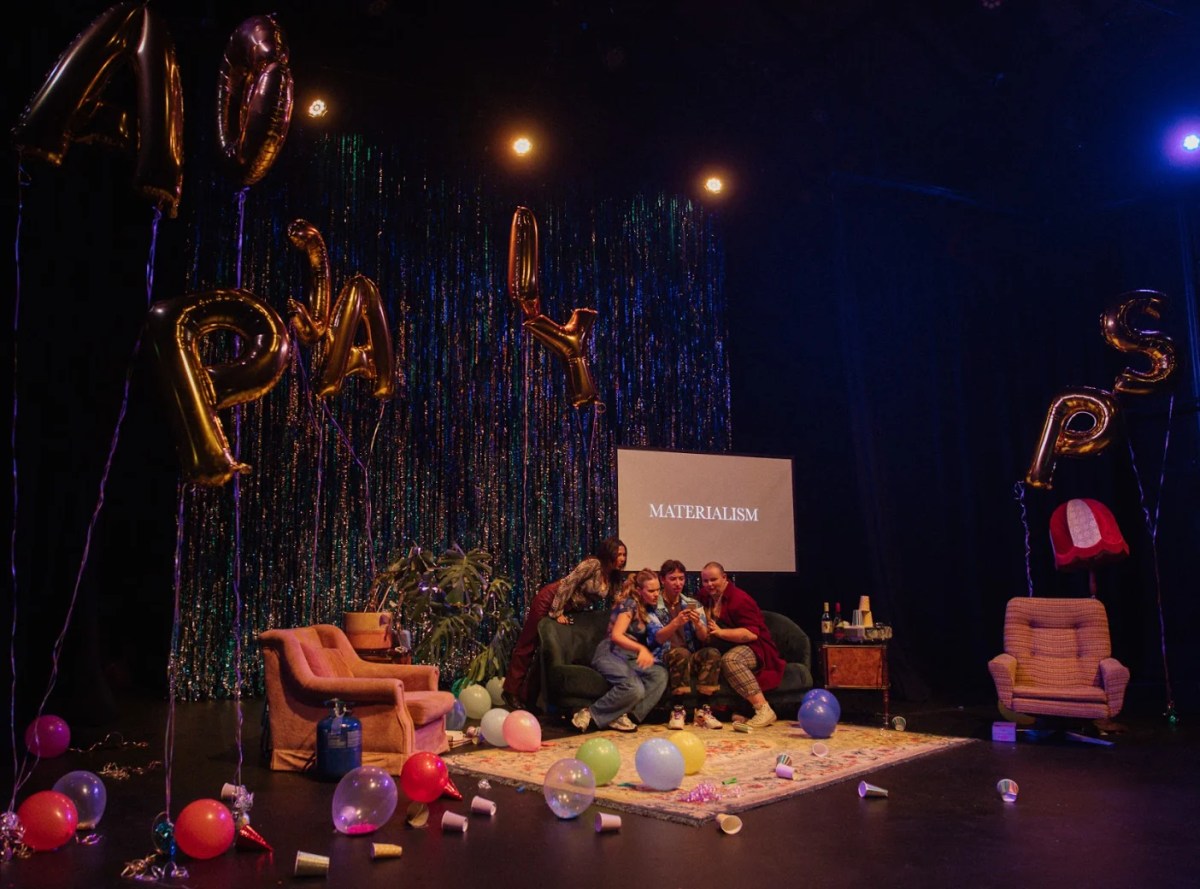
‘I read this quote… It was saying in the 90s you could make art with blood, sweat and tears… Now you need blood, sweat, tears and a [truckload] of money.’
The Pony Cam spokesperson says, as a company, it decided to bring its first show to ‘the world’s largest art market’, for two reasons: career sustainability and as a creative challenge.
They said it would have been highly beneficial if a government-run grant program existed in Australia to support artists taking shows to Edinburgh Fringe.
Since 2022 a private version of this has been run by the philanthropic powerhouse House of Oz. As a venue “without walls”, it covers all costs, including travel, accommodation and PR/marketing.
This year it is supporting 12 Australian productions to come to Fringe, which is a great feat for the organisation, but still a highly exclusive opportunity, given the level of interest among Australian artists to make the journey.
‘Even an Australian showcase program run by the government and open to application, such as the ones run by Belgium, Canada, Denmark, England, Finland, Hong Kong, Ireland, Luxembourg, Northern Ireland, Québec, Scotland, South Korea and Taiwan [would be helpful],’ says the Pony Cam spokesperson.
‘Which is a bit of a list, but I think outlines the reasons we are attempting to move closer to this region for sustainable careers.’
Edinburgh Festival Fringe opened last week and runs until 26 August 2024.
